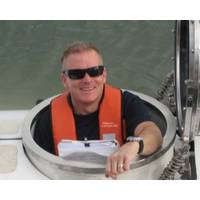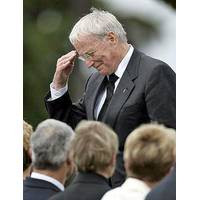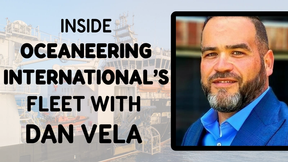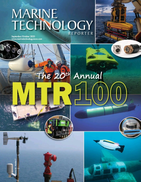
OceanGate Announced Two New Hires
multi-place hyperbaric medicine facility in the State of Utah. During his career, Nissen has designed, inspected, and/or certified systems under the regulations and requirements of the Nuclear Regulatory Commission, the Food and Drug Administration (FDA), Naval Sea Systems Command, National Aeronautics and Space Administration (NASA), the Federal Aviation Administration (FAA), and European Aviation Safety Agency (EASA)
BOEM Proposes New Regulation for OCS
. BOEM has established strong and effective partnerships, including those with state geological surveys and environmental agencies, the U.S. Army Corps of Engineers, U.S. Geological Survey, National Marine Fisheries Service, U.S. Fish and Wildlife Service, National Park Service, National Aeronautics and Space Administration, and the Department of Defense. The Secretary of the Interior was authorized to negotiate non-competitive agreements for the use of these marine minerals for coastal restoration by an Outer Continental Shelf Lands Act amendment in 1994. Since then, BOEM has exercised its statutory
BSEE, NASA to Examine Offshore Risks
The Bureau of Safety and Environmental Enforcement (BSEE) and The National Aeronautics and Space Administration (NASA) have announced a five-year agreement allowing BSEE to capitalize on the best risk management approaches from the aeronautics industry to inform stakeholders and further strengthen worker and environmental safety protections on the Outer Continental Shelf. “Both BSEE and NASA work in harsh and uncompromising environments, relying on cutting edge technology to go deeper and further than previously thought possible,” said BSEE Director Brian Salerno. “This partnership

Navy Astronaut, Aquanaut, Scott Carpenter Laid to Rest
and the Navy Air Intelligence School. One of the last two surviving astronauts of America's original space program, Project Mercury, and the last surviving original member of Mercury 7, Carpenter was selected for the program April 9, 1959. He underwent intensive training with the National Aeronautics and Space Administration (NASA), specializing in communication and navigation. He served as backup pilot for John Glenn during the preparation for America's first manned orbital space flight in February 1962. Carpenter flew the second American manned orbital flight May 24, 1962. He piloted his Aurora
Unmanned US Navy ASW Vessel Contract for SAIC
ASW operational capability, with the ultimate objective to facilitate rapid transition of that capability to the Navy in response to critical operational demand. Key teammates are Oregon Iron Works and Christensen Shipyards for ship design, construction and propulsion; the National Aeronautics and Space Administration's Jet Propulsion Lab; and Carnegie Mellon University for autonomy.


 August 2025
August 2025





